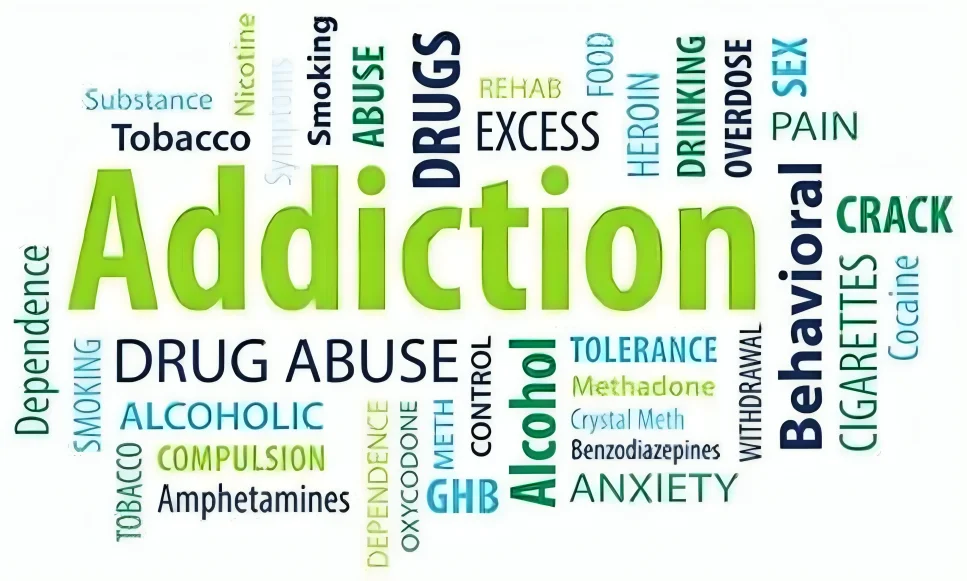Hepatitis C is a viral infection that primarily affects the liver, causing inflammation and potentially leading to serious liver damage. It is transmitted through blood-to-blood contact, such as sharing needles or through certain sexual activities. New antiviral treatments are available, and more than 95% of people with Hepatitis C can be cured with oral medications. Without treatment, the infection can lead to severe liver disease. If you suspect you have Hepatitis C or are at risk, it is important to seek medical advice for testing and treatment options.
AUD (Alcohol use disorder) is characterized by an impaired ability to stop or control alcohol use despite adverse social, occupational, or health consequences. Health care providers diagnose AUD when a person has two or more of the symptoms listed below. AUD can be mild (the presence of two to three symptoms), moderate (the presence of four to five symptoms), or severe (the presence of six or more symptoms).
In the past year, have you:
- Had times when you ended up drinking more, or longerthan you intended?
- More than once wanted to cut down or stop drinking, or tried to, but couldn’t?
- Spent a lot of timedrinking, being sick from drinking, or getting over other aftereffects?
- Wanted a drinkso badly you couldn’t think of anything else?
- Found that drinking—or being sick from drinking—often interfered with taking careof your home or family? Or caused job troubles? Or school problems?
- Continued to drink even though it was causing troublewith your family or friends?
- Given up or cut back on activitiesyou found important, interesting, or pleasurable so you could drink?
- More than once gotten into situations while or after drinking that increased your chances of getting hurt (such as driving, swimming, using machinery, walking in a dangerous area, or engaging in unsafe sexual behavior)?
- Continued to drink even though it was making you feel depressed or anxiousor adding to another health problem? Or after having had an alcohol-related memory blackout?
- Needed to drink much morethan you once did to get the effect you want? Or found that your usual number of drinks had much less effect than before?
- Found that when the effects of alcohol were wearing off, you had withdrawal symptoms, such as trouble sleeping, shakiness, restlessness, nausea, sweating, a racing heart, dysphoria (feeling uneasy or unhappy), malaise (general sense of being unwell), feeling low, or a seizure? Or sensed things that were not there?
If you have any of these symptoms, alcohol may already be a cause for concern. The more symptoms you have, the more urgent the need for change. A health care provider can look at the number, pattern, and severity of symptoms to see whether AUD is present and help you decide the best course of action.













